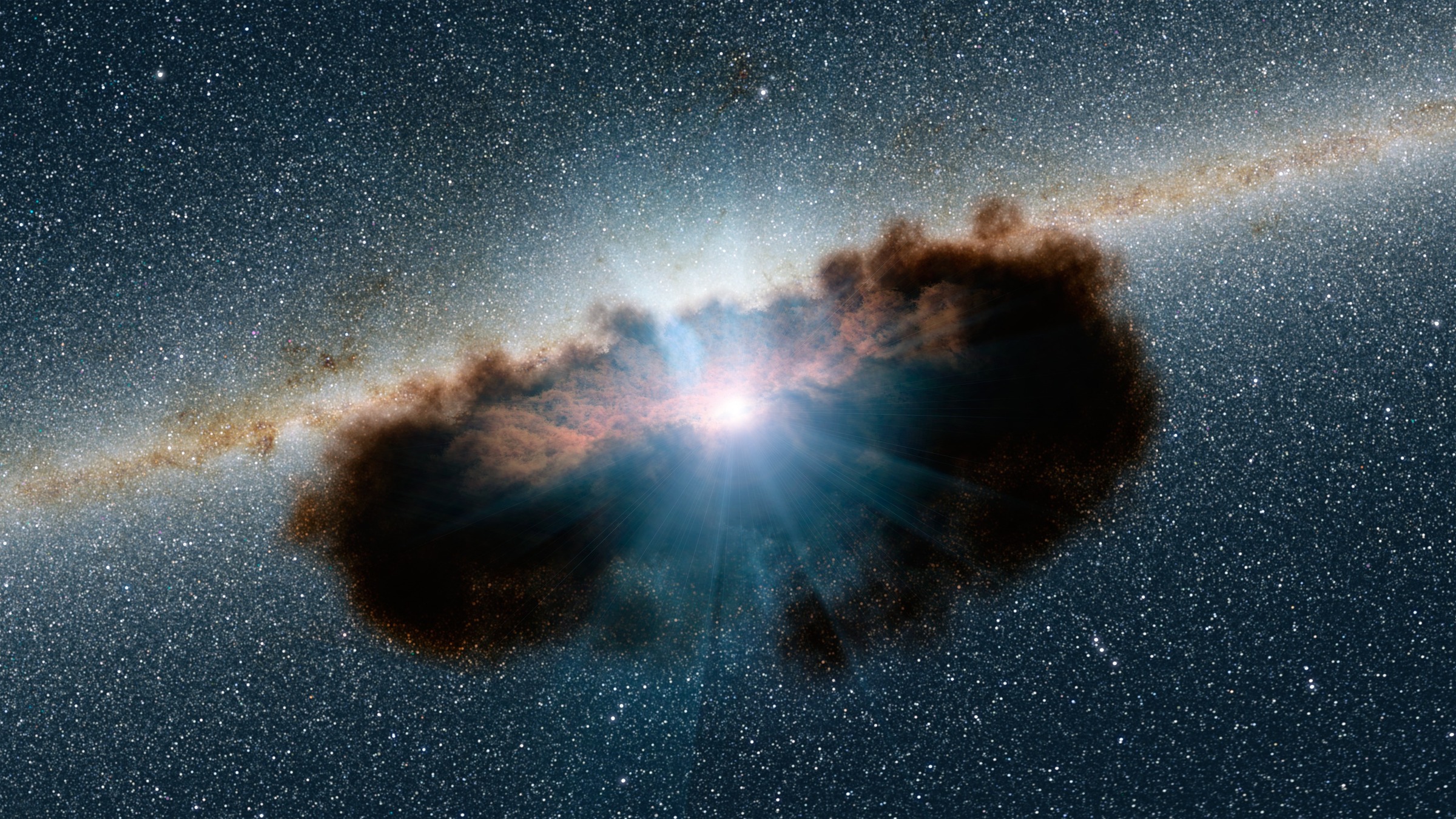

At the core of each AGN lies a supermassive black hole with an accretion disk that radiates light. Surrounding the disk on parsec scales is a dusty structure known as the torus that obscures light from the infrared through the soft X-rays. It is believed that this obscuration, and more specifically the modified emission it releases, are largely responsible for creating the cosmic X-ray background (CXB), i.e., the diffuse X-ray emission from 1 to ~200-300 keV. While almost all the CXB below 10 keV has been resolved into point sources, the peak of the CXB at ~30 keV is still largely unresolved. It is believed this emission is caused by sources with the most obscured tori, with column densities (NH) exceeding 10^24 cm^-2, known as Compton-thick (CT-) AGN. Due to their extreme obscuration, and thus suppressed emission, detecting them can be difficult.
A machine learning algorithm has been developed using data from mid-infrared, soft X-rays, and hard X-ray surveys that reliably predicts the NH value. This was presented in a proposal to NuSTAR GO cycle-10 and was selected to observe five candidate CT-AGN using only catalogued values from the surveys and a few seconds of computation time. This is vastly more time and cost efficient compared to previous methods of identifying CT-AGN which required snapshot observations from soft X-ray instruments and performing joint spectral analysis with the Swift-BAT spectrum. This relatively new tool has the potential to discover the last remaining CT-AGN responsible for the CXB. Coordinated observations by NuSTAR and ESA's XMM-Newton were performed this week on the first target in the sample, LEDA 2019751, the remaining four targets are scheduled to be observed in the first half of 2025.
Authors: Ross Silver (Astrophysicist, NASA GSFC), Alina Kiesling (NuSTAR Project Manager, JPL).